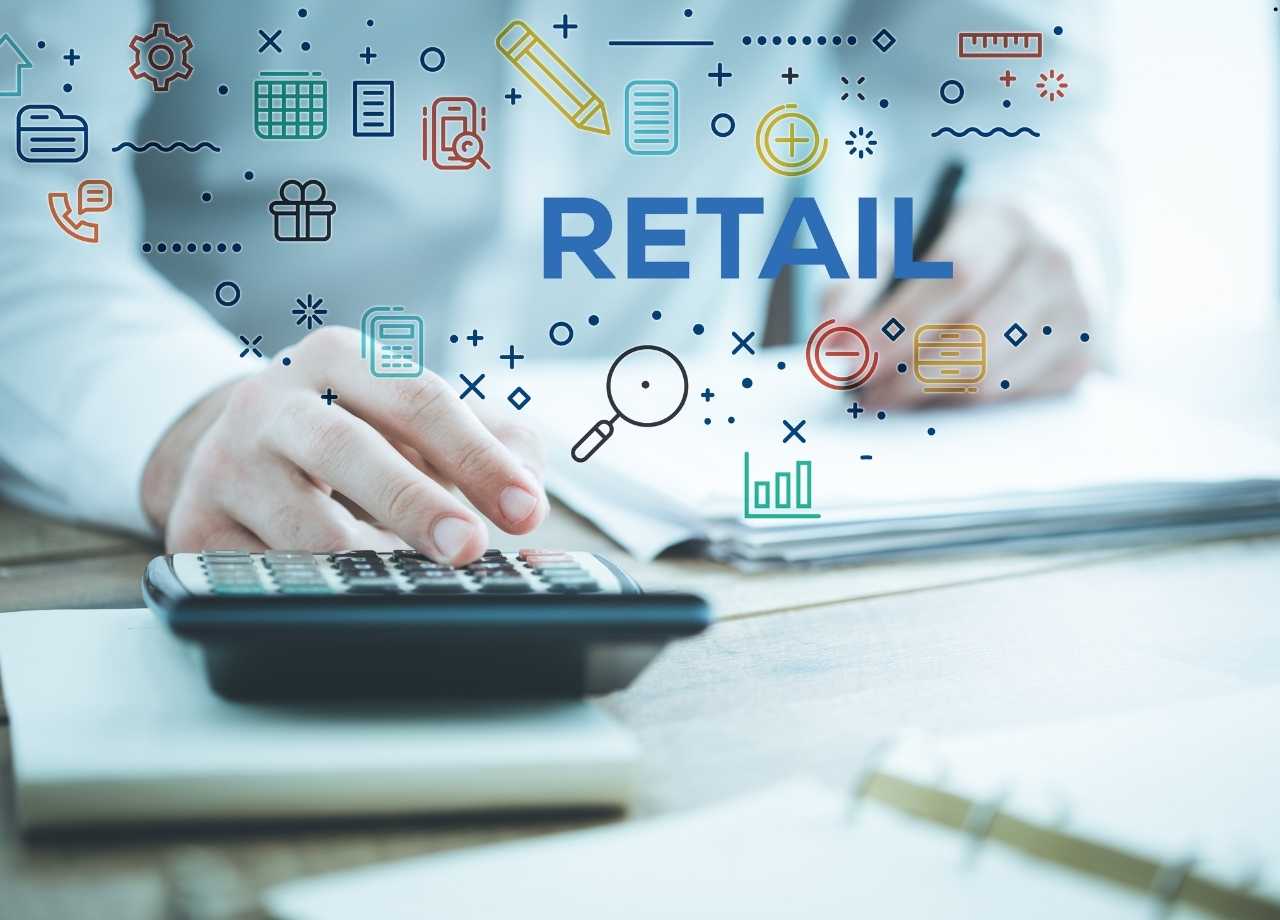
In the ever-evolving retail landscape, engaging customers has become more than just offering discounts or loyalty points. Today’s consumers, especially digital natives, expect interactive and immersive experiences. This is where gamification—the application of game mechanics in non-game contexts—comes into play. By integrating fun, competition, and rewards into the shopping journey, brands can create more engaging and memorable experiences.
With the gamification market expected to exceed $30.7 billion by 2026, it’s clear that this approach is not just a passing trend but a fundamental shift in how brands interact with their customers. This article explores why gamification is the future of customer engagement in retail, its benefits, and how brands are leveraging it to build loyalty and drive sales.
The Psychology Behind Gamification in Retail
Gamification taps into the fundamental aspects of human psychology—competition, curiosity, achievement, and reward. By incorporating elements like challenges, leaderboards, rewards, and interactive experiences, brands can increase engagement and motivation among customers.
Studies show that gaming activities can boost customer engagement by up to 47%, as shoppers enjoy the thrill of challenges and rewards. Moreover, online shopping is often used as a form of entertainment, much like playing a game. Gamification makes the process even more enjoyable, leading to longer browsing sessions and, ultimately, higher conversions.

Some key psychological triggers behind gamification include:
- The Dopamine Effect: The anticipation of rewards, even small ones, releases dopamine, making shopping more exciting.
- Sense of Accomplishment: Completing challenges or unlocking rewards gives customers a feeling of achievement.
- Social Proof & Competition: Customers enjoy comparing their progress with others, which fuels engagement.
How Gamification Is Transforming Retail
Turning Shopping Into an Interactive Experience
Gamification transforms shopping from a passive task into an interactive experience. Sephora's “Swipe it. Shop it” campaign, inspired by dating apps like Tinder, allowed customers to swipe right or left to indicate their preferences for beauty products. This reduced decision fatigue and made product discovery more engaging.
Similarly, IKEA’s VR experience lets customers visualize furniture in their homes before making a purchase. This immersive gamification enhances confidence in buying decisions and keeps users engaged longer.
Enhancing Customer Loyalty and Retention
Traditional loyalty programs rely on points and discounts, but gamified experiences offer more than just transactional benefits. Starbucks Rewards is a prime example of this, with its tiered star system, limited-time challenges, and personalized rewards. This approach not only encourages repeat purchases but also fosters a deeper emotional connection with the brand.
Singapore-based Lazada takes it further with features like daily login bonuses, collectible vouchers, and referral-based discounts. Their “Slash It!” feature, where customers can invite friends to help reduce a product’s price, adds a social and competitive aspect to shopping.
Driving Brand Awareness and Engagement
Gamification isn’t just about direct sales—it’s also a powerful tool for brand awareness. Casper, the mattress company, created a buzz by placing cryptic riddles in the New York subway, leading curious commuters to their website for answers. This unconventional approach boosted brand recognition without directly selling a product.
Pepsi’s AR-driven campaign, featuring football stars like Lionel Messi, allowed users to scan QR codes on limited edition cans and play an interactive game. This creative strategy increased digital engagement while reinforcing Pepsi’s brand identity.
Creating Community and Social Sharing Opportunities
Gamification encourages social interactions by making experiences shareable. Hyundai’s "Chop Shop" app, which lets users customize zombie-apocalypse-ready cars, was downloaded millions of times. Similarly, Taobao’s team-based gaming event on Singles’ Day, where groups competed to build the tallest skyscraper, engaged over 300 million users.
Social sharing naturally extends the reach of these campaigns, driving organic brand growth. Retailers that design gamified experiences with built-in sharing mechanisms can amplify their impact without excessive ad spend.
The Business Benefits of Gamification in Retail
Beyond engagement, gamification offers several tangible benefits for retailers:
Higher Conversion Rates
Gamified experiences increase time spent on platforms, leading to higher conversion rates. eBay’s auction-style bidding system keeps users engaged longer, making them more likely to complete purchases.

Increased First-Party Data Collection
With third-party cookies being phased out, retailers need new ways to collect customer insights. Gamification encourages users to share data in exchange for rewards, helping brands refine personalization strategies.
Strengthening Emotional Connections
Unlike standard promotions, gamified experiences create positive emotional associations with brands. Customers don’t just buy products; they engage in fun challenges and social interactions, making the shopping journey memorable.
Encouraging Repeat Visits
Time-sensitive rewards and challenges encourage customers to return frequently. Limited-time offers, streak rewards, and milestone achievements ensure consistent engagement over time.
The Future of Gamification in Retail
As technology advances, gamification will evolve in exciting ways:
- AI & Personalization: AI-driven gamification will create customized experiences based on user behavior, making interactions even more engaging.
- Augmented Reality (AR): More brands will incorporate AR-based games, similar to Pepsi’s campaign, allowing users to interact with products in new ways.
- NFT-Based Loyalty Programs: Some retailers are exploring NFTs as digital collectibles, offering customers unique virtual rewards.
- Metaverse Shopping: As brands enter the metaverse, gamified shopping experiences will become more immersive, blending e-commerce with virtual worlds.
Gamification Is Here to Stay
Gamification is more than just a gimmick—it’s a proven strategy that increases engagement, enhances customer loyalty, and drives brand awareness. Whether through simple reward programs or immersive AR experiences, gamification meets modern consumers where they are—online, social, and eager for interactive experiences.
For retailers looking to stay competitive, integrating gamification into customer engagement strategies isn’t just an option—it’s the future. Brands that embrace these innovations will not only attract more customers but will turn them into lifelong advocates.
Is your retail brand ready to level up?

